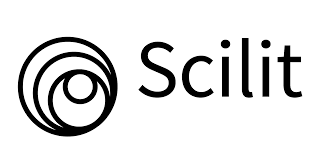The Attraction of The Batam Raja Ali Haji Museum as A Cultural Tourism Destination
Abstract
Museums as a cultural tourism destination have a special attraction for tourists. In its development, the museum has become part of a tourism package which is the medium of communication for visitors to know the history and culture of an area visited. Museums must have attractiveness as tourist destinations. This study aims to examine the Raja Ali Haji Museum as one of the cultural and historical tourist destinations in Batam city. This research refers to the facilities, collections, and accessibility of the museum. The method used in this research is qualitative-descriptive by collecting data through written information and interviews. The analysis technique used is the SWOT technique. What has been obtained from the study is that the Raja Ali Haji Museum has a unique structure in its roof and building construction. It also has interesting collections of Malay culture and the history of Batam City. Its location is strategic in that it is easily accessible for anyone to visit the museum. These factors make this museum to be suitable to be a tourist destination. However, it needs to increase the number of its collections and provide web virtual tours as a source of information for tourists who might not be able to visit the museum in person.
Copyright (c) 2022 Dora Sinaga

This work is licensed under a Creative Commons Attribution-NonCommercial 4.0 International License.
The author whose manuscript is published agrees to the following conditions:
- Publication rights of all journal manuscripts published / published on the JKTP website are held by the editorial board with the author's knowledge (copyright remains the author's).
- The formal legal provisions for access to digital electronic journal articles are subject to the provisions of the CC Attribution-Non-Commercial 4.0 license, which means JKTP has the right to store, transfer media / formats, manage in the form of a database, maintain, and publish articles without asking permission from the author as long as the author's name remains as the copyright owner.
- Manuscripts published / published in print and electronically are open access for the purpose of education, research and libraries. Apart from these purposes, the editorial board is not responsible for violations of copyright law.




.png)










